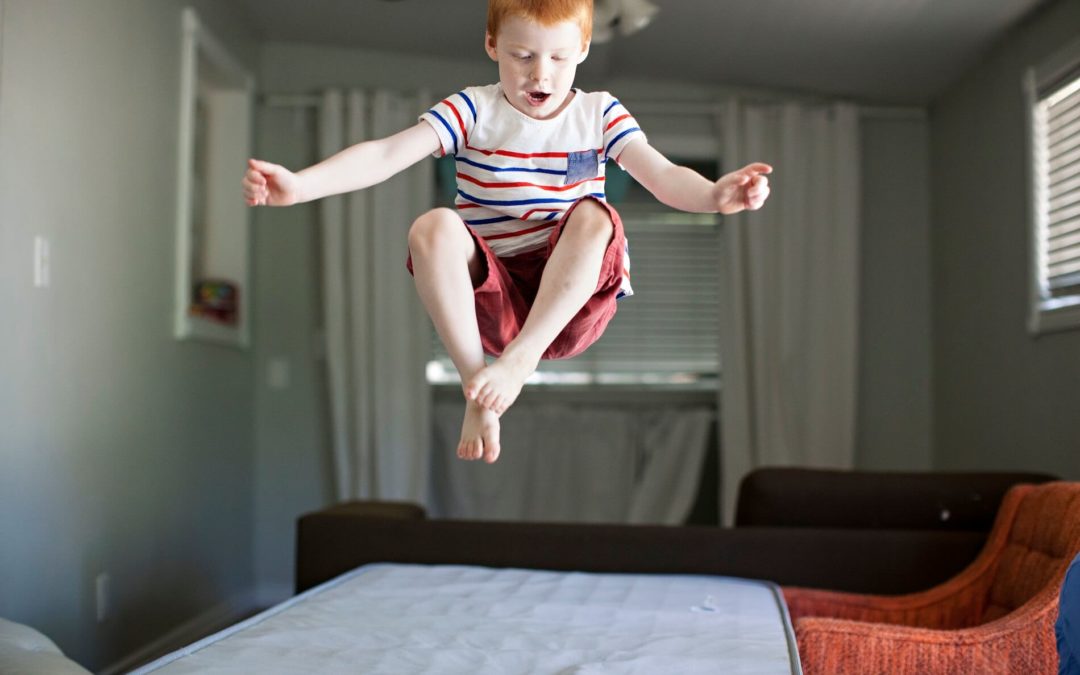Yay! After a few weeks of defining what the DIR/Floortime approach is all about, it’s finally time to put it into practice! Here’s how our family started Floortime. First you need to know your child’s individual profile.
We discussed the individual profile a few weeks ago. How we interpret the world through our senses determines our sense of security in the world and how regulated we are. This in turn effects where we are developmentally in any moment.
In order to help our children developmentally (‘D’) within our warm and nurturing relationship (‘R’), we need to understand their sensory systems (‘I’). So let’s figure out how to do that.
Dr. Greenspan gives us such a rich description of regulatory sensory processing issues in children on the autism spectrum.
If you haven't yet had a diagnosis, you might wonder "How do I know if my child is on the autism spectrum?" You might want to pause here and look at the new screening tool from Autism Canada
Sensory Profile Checklist
Now let’s look at your child’s symptoms. The STAR Institute has a checklist available. Please look it over and complete it with your child in mind
When you have a good idea of your child’s individual processing differences in each of the areas of sensory processing you can use this profile to modify your child’s environment to support these processing tendencies in order for your child to be present and attentive.
* Please note that information on this website is not meant to be taken as professional advice and is for illustrative purposes only. Please consult with a professional sensory integration occupational therapist for a full assessment and for specific recommendations for your child.
It is very important to note that your child may have aspects of being both overly sensitive and under responsive to sensory input within the same sense and across senses, and that can vary in different situations. For instance, our son both craves certain types of tactile input and is overwhelmed by touch in other ways, and none of it is set in stone. It depends on who he is with, how his regulation is in the moment, where he is, etc. This is why we call this individual differences. Each child is unique and we modify our interactions based on their profile, in each moment. For these reasons, the old terms ‘hyposensitive’ and ‘hypersensitive’ are no longer accurate to use (edited: 2023).
Balance (Vestibular)
Your child might need to move to feel safe and regulated in some situations, or may need to stay put to feel safe and regulated in certain situations. Having movement incorporated into Floortime may help you work on higher developmental capacities, or it might dysregulate your child. For example, our son spends a lot of time on a swing during play, but movement can also cause him to become upregulated as well. Being aware of your child’s vestibular system and how it impacts your child’s ability to move and take in sensations is important to figure out with an Occupational Therapist.
Body Awareness (Proprioception)
Deep pressure or heavy work (pushing heavy items along the floor) may help your child feel safe and regulated. Having such activities incorporated into Floortime can help you work on higher developmental capacities. For example, our son spends a lot of time each day pushing big blocks across a gym floor or pulling a wagon with someone in it across the gym. Some children enjoy the feeling of a weighted vest.
Some children needs to feel grounded and in control of what happens to their body to feel safe and regulated. Having bigger items to play with and/or having a secure place for the child to sit, such as against a big bean bag chair, for doing Floortime will help you work on higher developmental capacities.
Smell (Olfactory)
Your child may find some strong scents stimulating and regulating. We know a boy who loves smelling scented lip balms. You could experiment with essential oils that are appealing to your child that add scent to the play area during Floortime which may help you work on higher developmental capacities.
Other children might sometimes be overwhelmed by certain strong scents. Having a well-ventilated play area for doing Floortime, free of strong odors that your child finds aversive can help you work on higher developmental capacities.
Sight (Vision)
Your child might love to watch things move. At the same time, rooms with ceiling fans or other visual distractions-including other people moving around could make it more difficult to work on higher developmental capacities because your child will be paying attention to the movement. Some children can be very sensitive to bright light and are more regulated in dimly-lit playrooms.
A visit to a developmental optometrist might help determine if your child has sensory integration issues with vision. The office can provide visual exercises that will help your child integrate their peripheral and central vision, for example, or work on depth perception.
Hearing (Auditory)
Some children love auditory input and are enticed by interesting noises. For example, during Floortime we will easily grab out child’s interest by making fun sound effects and make up games that involve hearing what noises different objects make. You may also want to speak more slowly, with fewer words, and with greater articulation so your child can have the time to process incoming auditory input.
Other children might seem very sensitive to loud noises, so having a quiet play area for doing Floortime will help you work on higher developmental capacities. Different situations can provoke sensitivities to auditory sensations over others.
Gustatory (Taste)
Children have varying aversions to textures and consistencies of foods and it can drastically affect their capacity to eat certain foods. Please see the podcast on Feeding for more information.
Touch (Tactile)
Individuals might enjoy different tactile input and can find certain textures regulating and others aversive. You may want to include sensory toys that have a lot of texture in your Floortime sessions. You can include a variety of tactile input in play including playdoh, goopy substances, water, pinecones, rocks, sand, etc. so your child can satisfy this need in order for you to then work on higher developmental capacities.
Some individuals can be very sensitive to tactile input at other times and will become easily dysregulated if touched or given uncomfortable textures or substances in play. Having an awareness of not overwhelming the child with aversive tactile input during play can help you get to higher developmental capacities.
Next week we will continue with how to start DIR/Floortime with your child. We will start talking about how to determine where your child is developmentally.
Until next week, here’s to affecting autism through playful interactions!



